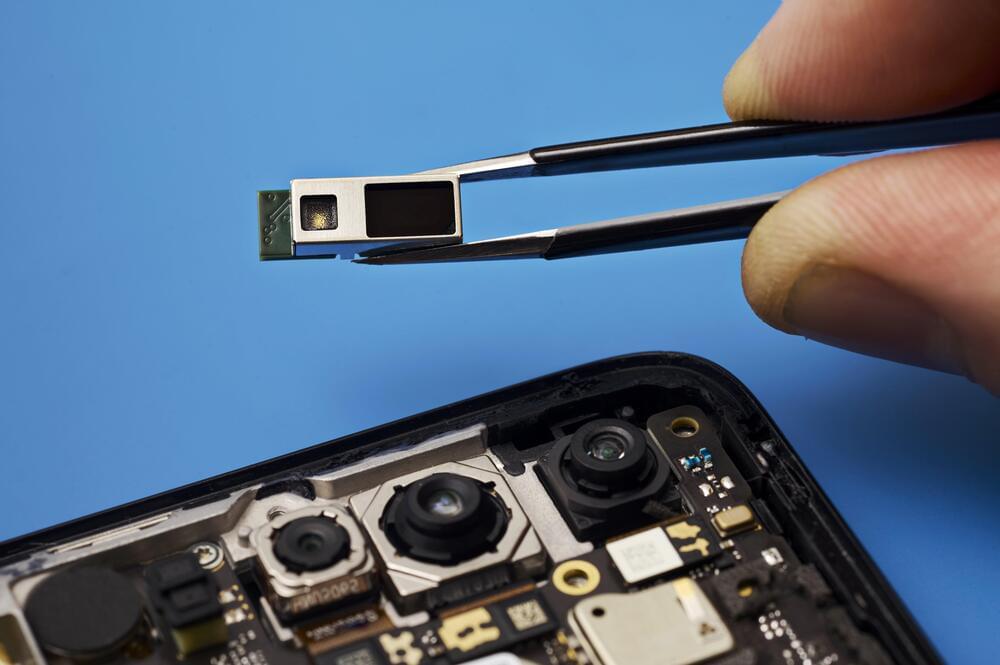In the extreme hearts of neutron stars, fundamental particles are twisted into strange ‘pasta’ shapes that could reveal untold secrets about how dead stars evolve.



Scientists from IOCB Prague are the first to describe the causes of the behavior of one of the fundamental aromatic molecules, azulene. This molecule has captivated the scientific community not just with its distinct blue hue, but also with its unique properties.
Their current undertaking will influence the foundations of organic chemistry in the years to come and in practice will help harness the maximum potential of captured light energy. Their findings were recently published in the Journal of the American Chemical Society (JACS).
Azulene has piqued the curiosity of chemists for many years. The question of why it is blue, despite there being no obvious reason for this, was answered almost fifty years ago by a scientist of global importance, who, coincidentally, had close ties with IOCB Prague, Prof. Josef Michl.

Under the limitation of current density, micro-LED is difficult to achieve watts level optical power, which is not suitable for long-distance and underwater optical communication that requires high-power optical transmitter devices. Therefore, how to improve the communication performance of conventional-size LED is also a key issue at present.
The authors of an article published in Opto-Electronic Science studied a wavelength division multiplexing visible light communication system based on multi-color LED. The system uses a Si substrate GaN-based LED with a 3D structured quantum well. In the active layer of this LED, there is a three-dimensional structure (“V” shaped pit, or V-pit) with a hexagonal profile, opening towards the P-type GaN layer.
With the large-scale commercial use of 5G, global academia and industry have started research on the next-generation mobile communication technology (6G).
However, the existing RF spectrum resources are seriously depleted to meet the spectrum demand of 6G for ultra-high speed and ultra-large capacity. This severe challenge stimulates researchers to focus on higher frequency bands such as terahertz, infrared and visible light. Among them, visible light communication utilizes the ultra-wide spectrum from 400THz to 800THz, which has the merits of no licensing, high secrecy, environmental-friendly, and no electromagnetic radiation.
At the same time, with the help of commercially available LED technology, visible light communication systems can be integrated with lighting systems. However, limited by the electro-optic response performance of LED devices, the actual available bandwidth of the system is very small compared with the frequency band of visible light.

It would probably be an understatement to say that Li-Fi players everywhere must be thrilled with the recent ratification of the light-based wireless communications standard, IEEE 802.11bb. The certification provides a globally recognized framework to deploy Li-Fi technologies and sets the stage for Li-Fi systems to interoperate with Wi-Fi networks, each of which should trigger faster technology adoption. And for Li-Fi users, the standard opens the door to eye-watering data speeds of up to 224 Gbps, way faster than even the 40-Gbps data rates promised by next-generation Wi-Fi 7.
Li-Fi is a wireless technology that uses light rather than radio frequencies to transmit data. It was first… More.
“In my view, the impact of the new standard will be huge,” said Harald Haas, Li-Fi pioneer, chief scientific officer of pureLiFi and professor of mobile communications at the University of Strathclyde, U.K. “We’ve truly opened up wireless communications in the optical domain, which is a big step.”

Fusion power has long been seen as a pipe dream, but in recent years the technology has appeared to be edging closer to reality. The second demonstration of a fusion reaction that creates more power than it uses is another important marker suggesting fusion’s time may be coming.
Generating power by smashing together atoms holds considerable promise, because the fuel is abundant, required in tiny amounts, and the reactions produce little long-lived radioactive waste and no carbon emissions. The problem is that initiating fusion typically uses much more energy than the reaction generates, making a commercial fusion plant a distant dream at present.
Last December though, scientists at the Lawrence Livermore National Laboratory made a major breakthrough when they achieved “fusion ignition” for the first time. The term refers to a fusion reaction that produces more energy than was put in and becomes self-sustaining.

By stepping outside the box of our usual way of thinking about numbers, my colleagues and I have recently shown that arithmetic has biological roots and is a natural consequence of how perception of the world around us is organized.
Our results explain why arithmetic is true and suggest that mathematics is a realization in symbols of the fundamental nature and creativity of the mind.
Thus, the miraculous correspondence between mathematics and physical reality that has been a source of wonder from the ancient Greeks to the present—as explored in astrophysicist Mario Livio’s book Is God a Mathematician?—suggests the mind and world are part of a common unity.

By accepting cookies, you agree to the storing of cookies on your device to enhance site navigation, analyze site usage, and assist in our marketing efforts. Cookies SettingsRejectAccept Cookies × By clicking “Accept All Cookies”, you agree to the storing of cookies on your device and the processing of information obtained via those cookies (including about your preferences, device and online activity) by us and our commercial partners to enhance site navigation, personalise ads, analyze site usage, and assist in our marketing efforts. More information can be found in our Cookies and Privacy Policy. You can amend your cookie settings to reject non-essential cookies by clicking Cookie Settings below.
For centuries now science has unlocked ever more mysteries, but could we one day run out of discoveries or abandon further research?
Visit https://brilliant.org/isaacarthur/ to get started learning STEM for free, and the first 200 people will get 20% off their annual premium subscription.
Visit our Website: http://www.isaacarthur.net.
Join Nebula: https://go.nebula.tv/isaacarthur.
Support us on Patreon: https://www.patreon.com/IsaacArthur.
Support us on Subscribestar: https://www.subscribestar.com/isaac-arthur.
Facebook Group: https://www.facebook.com/groups/1583992725237264/
Reddit: https://www.reddit.com/r/IsaacArthur/
Twitter: https://twitter.com/Isaac_A_Arthur on Twitter and RT our future content.
SFIA Discord Server: https://discord.gg/53GAShE
Listen or Download the audio of this episode from Soundcloud: Episode’s Audio-only version: https://soundcloud.com/isaac-arthur-148927746/post-science-civilizations.
Episode’s Narration-only version: https://soundcloud.com/isaac-arthur-148927746/post-science-c…ation-only.
Credits:
Post Science Civilizations.
Science & Futurism with Isaac Arthur.
Episode 361, September 22, 2022
Produced & Narrated by Isaac Arthur.
Written by:
Isaac Arthur.
Editors:
Excerpts from the Red Folder.

Long charging times and limited access to fast chargers can be the dealbreakers for electric vehicle buyers today. But technology advancements are often fast-paced, and it’s hard to predict how close, or far, we are from the next big breakthrough. However, battery scientists at Oak Ridge National Laboratory (ORNL) might have a solution for charging speeds.
ORNL’s paper highlights a new lithium-ion battery that can not only recharge to 80 percent in 10 minutes but also sustain the fast charging ability for 1,500 cycles. For those new to the EV language, battery charge, and discharge occur when ions travel between the positive and negative electrodes through a medium called an electrolyte.
Getting to fifteen hundred charging cycles isn’t a new development. Tesla CEO Elon Musk tweeted in 2019 that the Model 3’s battery modules were designed to last 1,500 cycles or between 300,000 and 500,000 miles.